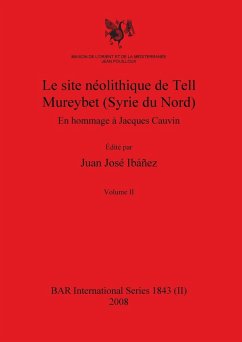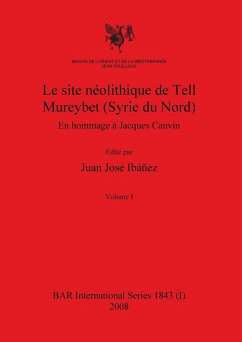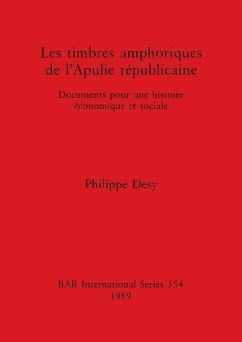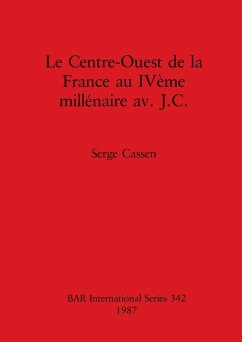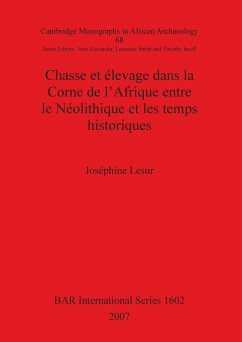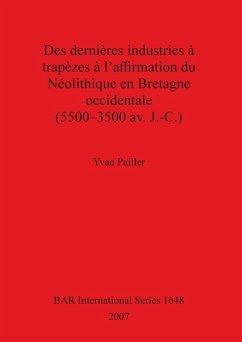
Fabrication et utilisation de l'outillage en matières osseuses du Néolithique de Chypre
Khirokitia et Cap Andreas-Kastros
Versandkostenfrei!
Versandfertig in 1-2 Wochen
78,99 €
inkl. MwSt.

PAYBACK Punkte
39 °P sammeln!
Between the emergence of insular characters and Middle-Eastern traditional reminiscences, the Khirokitian Culture (Late Aceramic Neolithic period; from the 7th millennium to the middle of the 6th millennium cal. BC), which forms the core of this study, can be considered as the result of a colonizing process which started in Cyprus at the end of the 9th millennium cal. BC. The study of the bone industries of Khirokitia, in the south of the island, and of Cap Andreas-Kastros, at its eastern extremity which yielded a total of 2451 artefacts, allowed the author to follow two principal aims. Firstl...
Between the emergence of insular characters and Middle-Eastern traditional reminiscences, the Khirokitian Culture (Late Aceramic Neolithic period; from the 7th millennium to the middle of the 6th millennium cal. BC), which forms the core of this study, can be considered as the result of a colonizing process which started in Cyprus at the end of the 9th millennium cal. BC. The study of the bone industries of Khirokitia, in the south of the island, and of Cap Andreas-Kastros, at its eastern extremity which yielded a total of 2451 artefacts, allowed the author to follow two principal aims. Firstly, it was advisable to measure the part Middle-Eastern tradition played in these productions and to uncover their original character. In addition the island provided the possibility of studying sedentary agro-pastoral communities in an insular context where development occurred in a certain isolation, without a regular relationship with the mainland. The study therefore centred on the question of understanding and measuring the effect of this isolation on the nature of the relationships between these communities and their environment, and on the formation of the bone industry.




